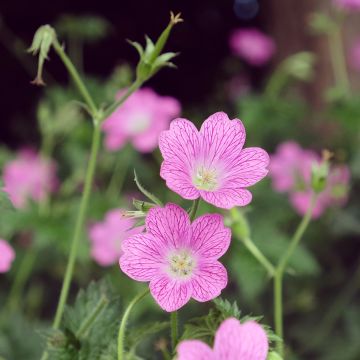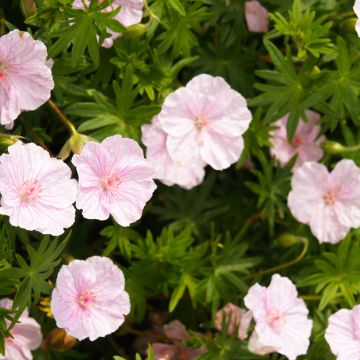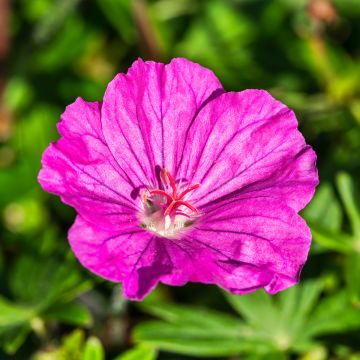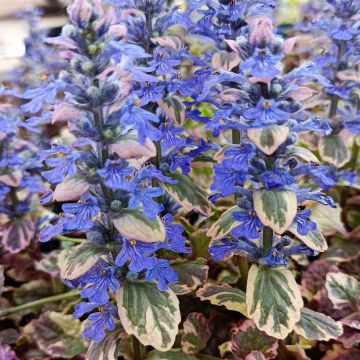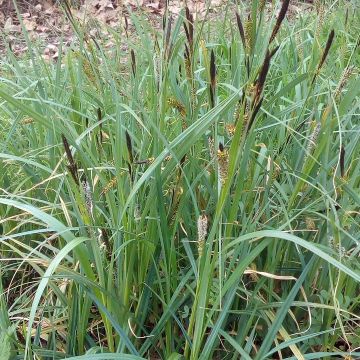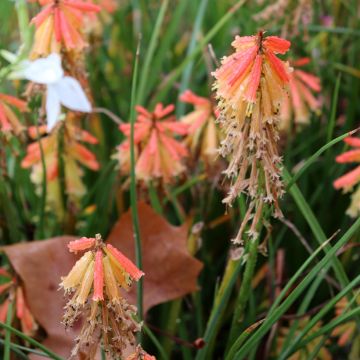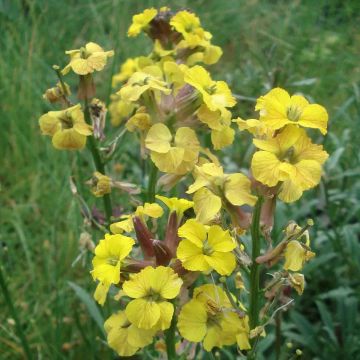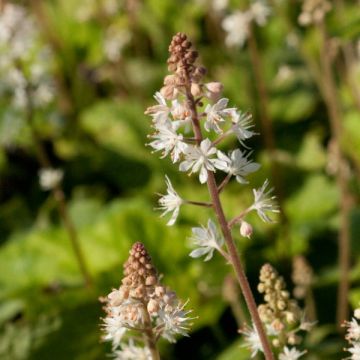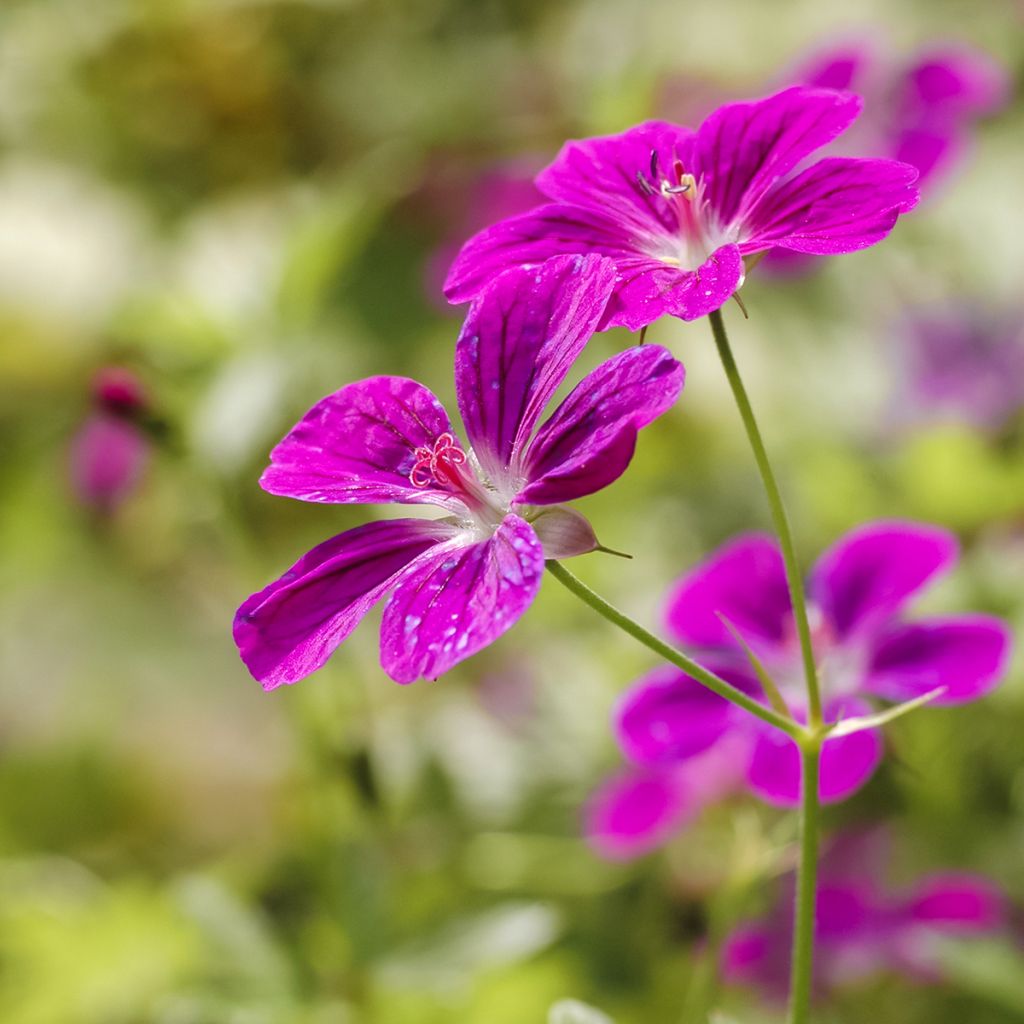

Geranium palustre


Geranium palustre


Geranium palustre
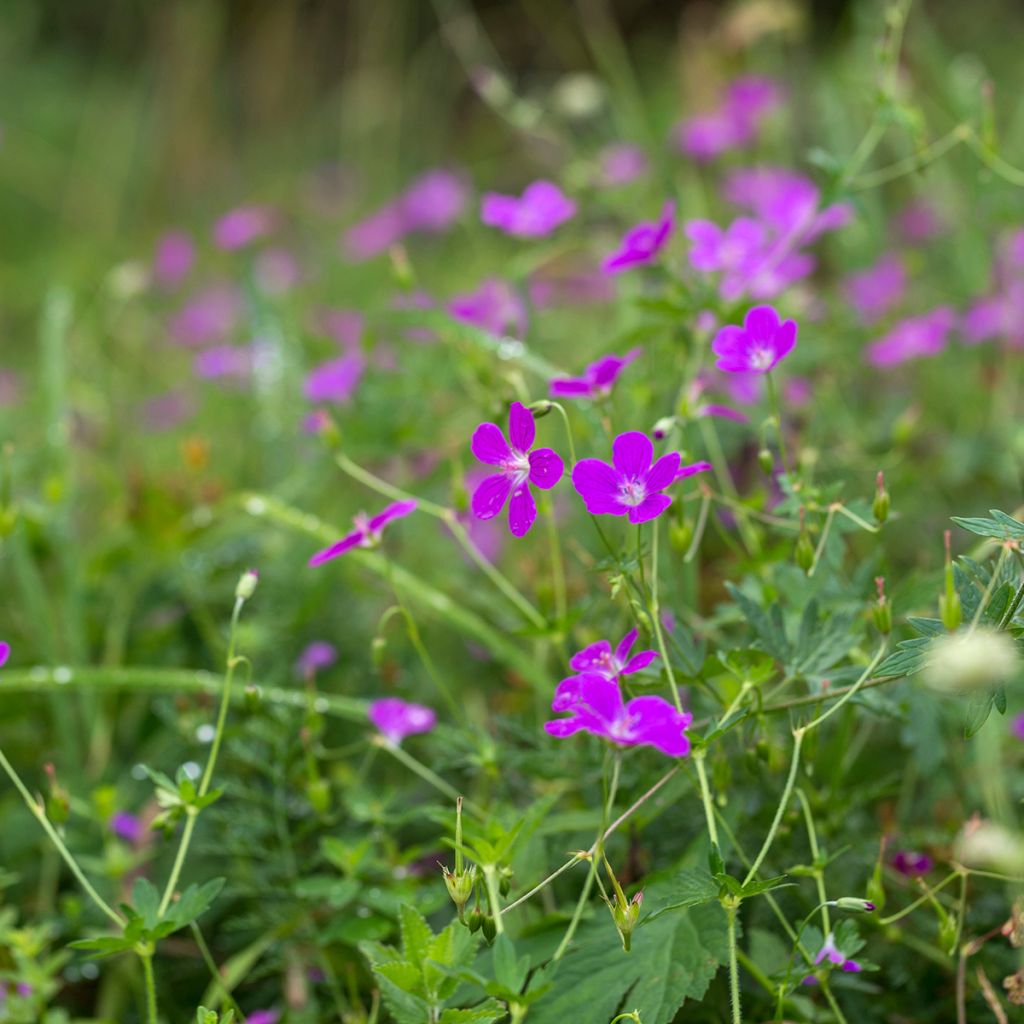

Geranium palustre


Geranium palustre


Geranium palustre


Geranium palustre
Geranium palustre
Geranium palustre
Marsh Cranesbill, Marsh Geranium
This item cannot be shipped to the selected country
Delivery charge from €5.90
More information
Schedule delivery date,
and select date in basket
This plant carries a 12 months recovery warranty
More information
We guarantee the quality of our plants for a full growing cycle, and will replace at our expense any plant that fails to recover under normal climatic and planting conditions.
From €5.90 for pickup delivery and €6.90 for home delivery
Express home delivery from €8.90.
Does this plant fit my garden?
Set up your Plantfit profile →
Description
The Marsh Cranesbill, also known as the Marsh Geranium, is a botanical species that hides a conquering temperament behind its apparent shyness, revealed by its upright habit. Its bright flowers, deep pink to purplish, adorn its deeply cut, vivid green foliage throughout the summer, abundantly sprinkled with small lighter dots, and then take on pretty reddish hues in autumn. At ease in wet areas, it is ideal for embellishing water features, wet rockeries, or decorating beds in marshy terrain.
The Marsh Cranesbill belongs to the family of Geraniaceae. It originates from the marshy and wet meadows of central Europe, from Sweden to Turkey, as well as western Asia. This very hardy perennial is rarely observed because its habitat is often inaccessible and not sought after by humans. It forms an upright clump of deciduous foliage, reaching a height of 30 to 50 cm (12 to 20in) when in flower, and a width of 40 cm (16in). It has a dense and erect habit. The flowering period takes place in July-August, and then, more sporadically, in September-October. The flower is bright and clearly visible against the foliage. It measures 2.5 to 3 cm (1in) in diameter, and is coloured in deep and vivid pink, sometimes veined with purple. The flowers are arranged in clusters along slender, creeping, and villous floral stems, forming a crown around the plant, and stand out distinctly from the foliage. The leaves are highly cut, and change color in autumn. This species shows an adaptive feature to a wet environment; the roots of its creeping rootstock, the stems, and leaves are rich in calcium oxalate crystals, a very hard and insoluble mineral in water, and an irritant that gives it its upright habit and protects it from herbivores.
The Marsh Geranium has long been appreciated in gardens, where it has sometimes escaped and naturalized in the surroundings. Its long flowering period is an asset in organic gardens, as it attracts pollinators and beneficial insects. It prefers wet situations, making it suitable for ornamenting water features. However, it can tolerate drier situations if the soil remains moist and it is planted in partial shade. It is a good long-term ground cover, ideal for bringing life to a wild garden or a countryside bed. In wet soil, it pairs well with ferns, hostas, willowherbs, and Cape lilies. At the edge of woodlands, it will go well with lungworts in pastel tones.
Report an error about the product description
Geranium palustre in pictures
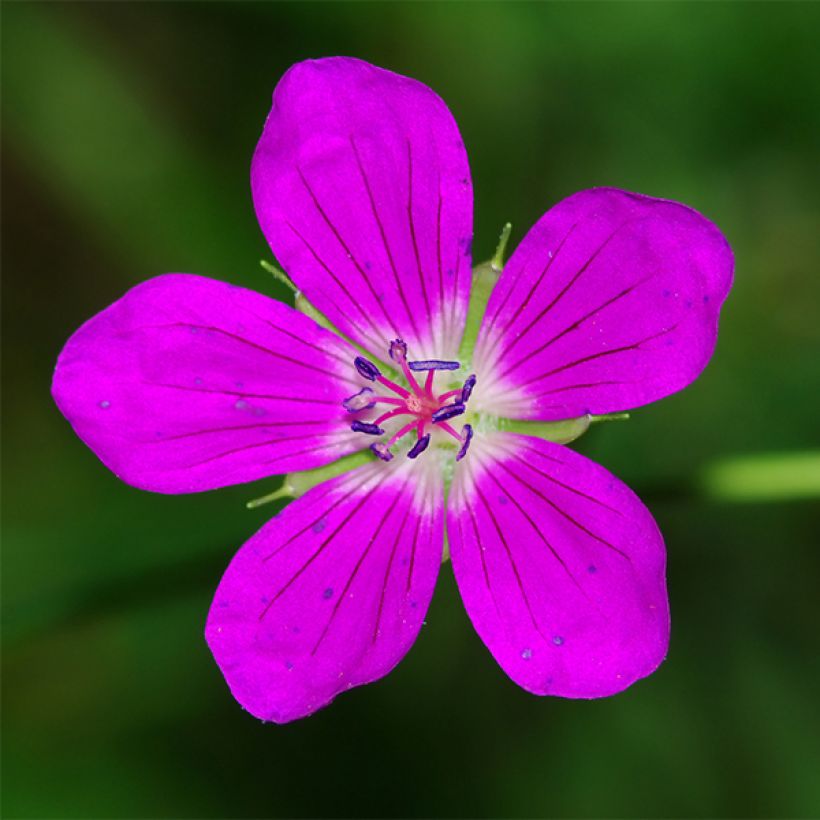





Flowering
Foliage
Plant habit
Botanical data
Geranium
palustre
Geraniaceae
Marsh Cranesbill, Marsh Geranium
Cultivar or hybrid
Other Hardy Geranium - Cranesbill
Planting and care
The paludal perennial geranium is a very tolerant plant that accepts ordinary soil, even limestone, but prefers a rich and moist to wet soil, in which it will be more flowering, more beautiful. It is a geranium for sun or semi-shade. Cut the faded stems after flowering. It is a reliable perennial that requires practically no maintenance.
To install your Marsh Geranium, work your soil on a 20 cm (8in) cube by crumbling the soil well and placing a background amendment such as dried blood or dehydrated horn at the bottom of the planting hole, position your plant, removed from its pot, by covering the top of the root ball with 3 cm (1in) of soil, fill in and water copiously to remove air pockets. In dry weather, regular and abundant watering is necessary for a few weeks to facilitate root growth. Afterwards, it will be necessary to ensure that the soil remains consistently moist.
Planting period
Intended location
Care
-
, onOrder confirmed
Reply from on Promesse de fleurs
Summer flowering perennials
Haven't found what you were looking for?
Hardiness is the lowest winter temperature a plant can endure without suffering serious damage or even dying. However, hardiness is affected by location (a sheltered area, such as a patio), protection (winter cover) and soil type (hardiness is improved by well-drained soil).

Photo Sharing Terms & Conditions
In order to encourage gardeners to interact and share their experiences, Promesse de fleurs offers various media enabling content to be uploaded onto its Site - in particular via the ‘Photo sharing’ module.
The User agrees to refrain from:
- Posting any content that is illegal, prejudicial, insulting, racist, inciteful to hatred, revisionist, contrary to public decency, that infringes on privacy or on the privacy rights of third parties, in particular the publicity rights of persons and goods, intellectual property rights, or the right to privacy.
- Submitting content on behalf of a third party;
- Impersonate the identity of a third party and/or publish any personal information about a third party;
In general, the User undertakes to refrain from any unethical behaviour.
All Content (in particular text, comments, files, images, photos, videos, creative works, etc.), which may be subject to property or intellectual property rights, image or other private rights, shall remain the property of the User, subject to the limited rights granted by the terms of the licence granted by Promesse de fleurs as stated below. Users are at liberty to publish or not to publish such Content on the Site, notably via the ‘Photo Sharing’ facility, and accept that this Content shall be made public and freely accessible, notably on the Internet.
Users further acknowledge, undertake to have ,and guarantee that they hold all necessary rights and permissions to publish such material on the Site, in particular with regard to the legislation in force pertaining to any privacy, property, intellectual property, image, or contractual rights, or rights of any other nature. By publishing such Content on the Site, Users acknowledge accepting full liability as publishers of the Content within the meaning of the law, and grant Promesse de fleurs, free of charge, an inclusive, worldwide licence for the said Content for the entire duration of its publication, including all reproduction, representation, up/downloading, displaying, performing, transmission, and storage rights.
Users also grant permission for their name to be linked to the Content and accept that this link may not always be made available.
By engaging in posting material, Users consent to their Content becoming automatically accessible on the Internet, in particular on other sites and/or blogs and/or web pages of the Promesse de fleurs site, including in particular social pages and the Promesse de fleurs catalogue.
Users may secure the removal of entrusted content free of charge by issuing a simple request via our contact form.
The flowering period indicated on our website applies to countries and regions located in USDA zone 8 (France, the United Kingdom, Ireland, the Netherlands, etc.)
It will vary according to where you live:
- In zones 9 to 10 (Italy, Spain, Greece, etc.), flowering will occur about 2 to 4 weeks earlier.
- In zones 6 to 7 (Germany, Poland, Slovenia, and lower mountainous regions), flowering will be delayed by 2 to 3 weeks.
- In zone 5 (Central Europe, Scandinavia), blooming will be delayed by 3 to 5 weeks.
In temperate climates, pruning of spring-flowering shrubs (forsythia, spireas, etc.) should be done just after flowering.
Pruning of summer-flowering shrubs (Indian Lilac, Perovskia, etc.) can be done in winter or spring.
In cold regions as well as with frost-sensitive plants, avoid pruning too early when severe frosts may still occur.
The planting period indicated on our website applies to countries and regions located in USDA zone 8 (France, United Kingdom, Ireland, Netherlands).
It will vary according to where you live:
- In Mediterranean zones (Marseille, Madrid, Milan, etc.), autumn and winter are the best planting periods.
- In continental zones (Strasbourg, Munich, Vienna, etc.), delay planting by 2 to 3 weeks in spring and bring it forward by 2 to 4 weeks in autumn.
- In mountainous regions (the Alps, Pyrenees, Carpathians, etc.), it is best to plant in late spring (May-June) or late summer (August-September).
The harvesting period indicated on our website applies to countries and regions in USDA zone 8 (France, England, Ireland, the Netherlands).
In colder areas (Scandinavia, Poland, Austria...) fruit and vegetable harvests are likely to be delayed by 3-4 weeks.
In warmer areas (Italy, Spain, Greece, etc.), harvesting will probably take place earlier, depending on weather conditions.
The sowing periods indicated on our website apply to countries and regions within USDA Zone 8 (France, UK, Ireland, Netherlands).
In colder areas (Scandinavia, Poland, Austria...), delay any outdoor sowing by 3-4 weeks, or sow under glass.
In warmer climes (Italy, Spain, Greece, etc.), bring outdoor sowing forward by a few weeks.

































